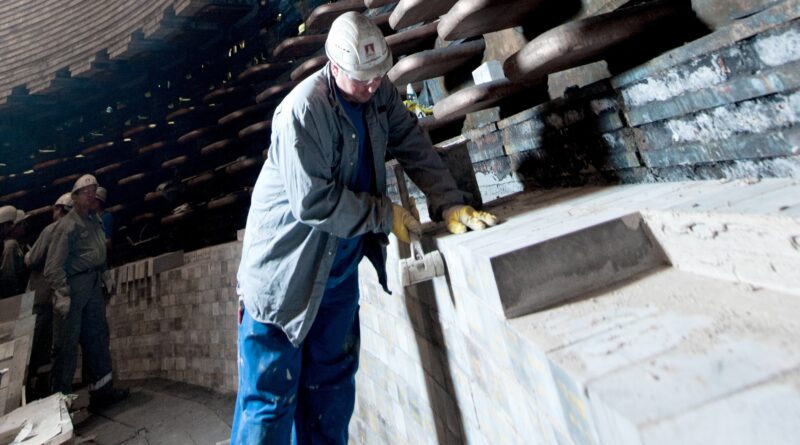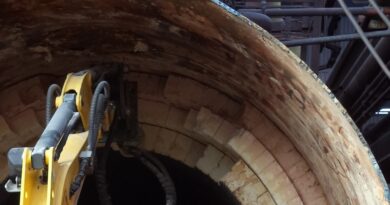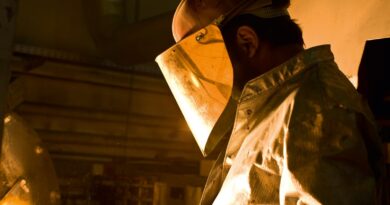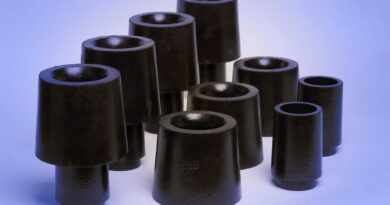Predicting blast furnace reline timing
Blast furnaces are highly complex pieces of equipment that involve the transformation, interaction and flow of liquids, solids and gasses at high temperatures throughout the vessel. To protect a blast furnace’s integrity, a refractory lining comprised of carbon and graphite bricks is used to line the vessel. Over time these refractory materials inevitably degrade and wear away, thus necessitating a reline of the furnace refractory material.
This process is extremely costly, and the timing is critical; thus, proper planning of a blast furnace reline is crucial to any furnace operator’s success. A reline that is conducted prematurely means lost profits and unnecessary spending. However, irresponsible operation without relining can result in an extremely costly run-out and prolonged furnace downtime.
Careful monitoring of a blast furnace over multiple years allowed for the successful prediction of its most recent reline in 2019. In this paper, the authors explain the methods used to monitor refractory thickness and health during the furnace’s campaign life, then provide post-mortem results from the furnace reline to provide further insight into the refractory wear mechanisms.
Blast furnaces are complex pieces of equipment that involve the transformation, interaction and flow of liquids, solids and gasses at high temperatures throughout the vessel. Blast furnaces are lined by carbon and graphite refractory bricks to protect the integrity of the vessel.
The term “relining” actually describes the replacement of the refractory brickwork on a blast furnace. This needs to be undertaken every few years to guarantee the productive efficiency of a blast furnace and ensure it remains state-of-the-art.
The most commonly used furnace lining materials are ceramic compounds and metal/ceramic combinations. Ceramic lining materials are made from a variety of raw materials each with its own particular strengths. Common ceramic furnace lining materials include aluminum oxide, magnesite, silicon carbide, and dolomite.




